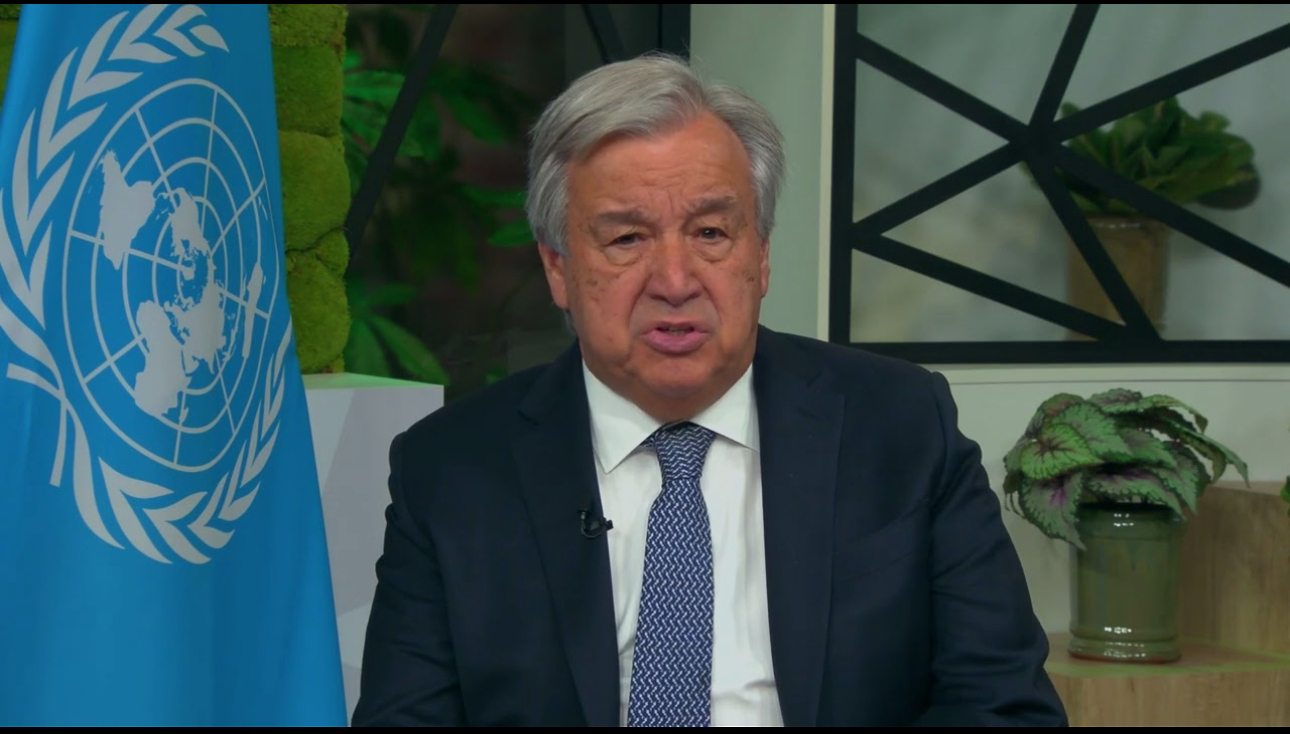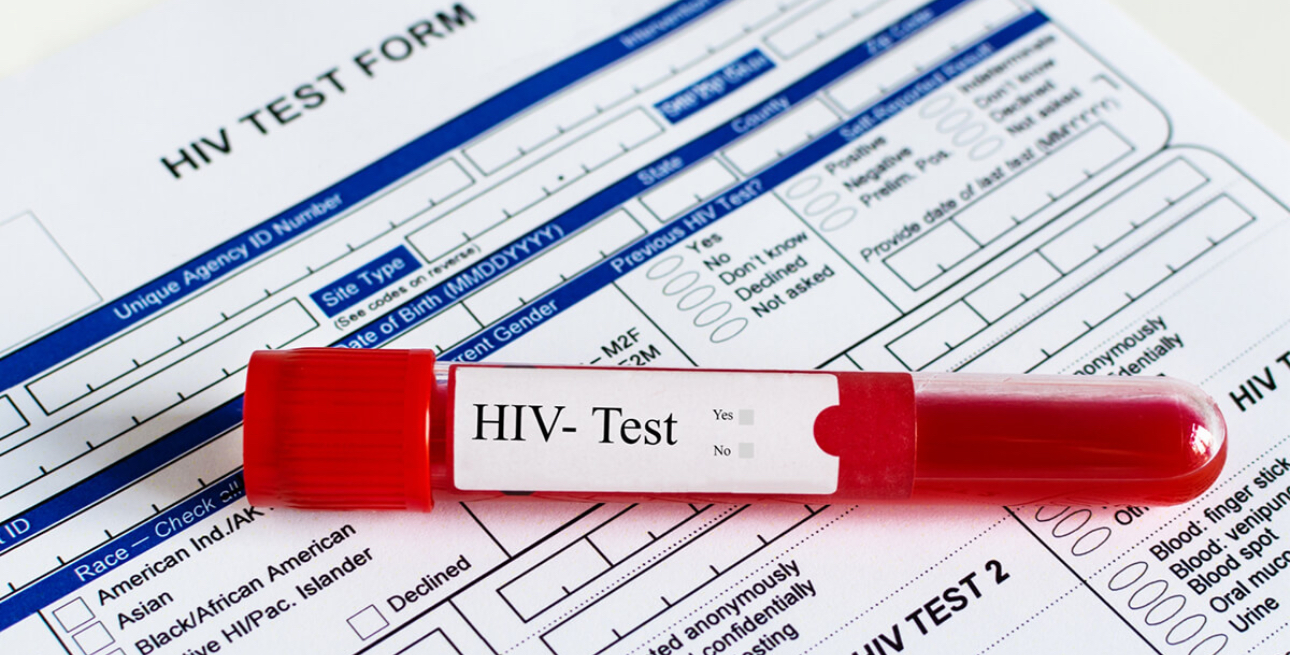BY NOKUTHABA DLAMINI
Lilian Mdlongwa (19), a first-time mother from Manomano village, recalls how she almost lost her baby when she went into labour at the Nkayi District Hospital a month ago, when there was a power blackout at the health institution due to load shedding.
“The nurses had only a small rechargeable light that they used to deliver my son and that of another expecting mother that I went into labour at the same time with,” Mdlongwa narrates.
“It was tough, and when I had just delivered, the nurse who stitched me noticed that she had almost left a cotton wool inside me.”
When The Citizen Bulletin visited the hospital a fortnight ago, there was an electricity blackout and administration, theatre and X-ray activities were on hold.
Patients that had come for X-ray examinations, for instance, were being told to go back to their homes, or wait until electricity was restored.
But, even for those that waited for up to eight hours, their examination could not be completed as electricity was restored and cut off 10 minutes later with the blackout extending throughout the night.
In September, the Zimbabwe Electricity Transmission and Distribution Company started 12-hour load shedding due to power generation problems at the Hwange coal powered station.
According to Nkayi district medical officer Thabani Moyo, the hospital started experiencing serious electricity shortages about two months ago, and has seen many mothers struggling to nurse their babies, especially at night.
“The challenge, especially to patients and nursing staff, is largely felt at night,” Moyo said.
Mdlongwa said during the week she was in hospital following delivery, she relied on her neighbour’s phone torch to change her newly born baby’s nappies.
“We breastfed in the dark,” she said.
“The light that the nurses use services everyone and during that time there were over 10 of us in the ward and the same light was also being used to assist in the labour section, so its use was based on emergencies.”
Moyo said they had tried to rope in the ZETCDC officials from the district without any success.
He said the feedback that they got was that the hospital was equipped with a solar system, but it also has some issues despite it being only two years old.
“We have a solar system that covers the maternity labour wards, post-natal ward, theatre, mortuary and the pharmacy but even so, we have a challenge with that solar system because it doesn’t pull and the batteries are always too low such that we fail to even use them,” Moyo said.
Provincial medical director Admire Kuretu said the Nkayi solar system has not been connected to the whole hospital and was only meant to cover critical areas like the maternity wing and theatre.
He said the Health ministry’s head office was aware of the Nkayi Hospital predicament.
“The solar system works, the problem is that the installation is not complete and it covers a small part of the hospital,” Kuretu said.
He said they hadbeen pushing the head office to connect the other departments like the wards, mortuary, administration block and the X-ray department.- The Citizen Bulletin

 Slider3 years ago
Slider3 years ago
 National4 years ago
National4 years ago
 Tourism and Environment4 years ago
Tourism and Environment4 years ago
 Opinion4 years ago
Opinion4 years ago
 Special reports4 years ago
Special reports4 years ago
 National4 years ago
National4 years ago
 National3 years ago
National3 years ago
 National3 years ago
National3 years ago



